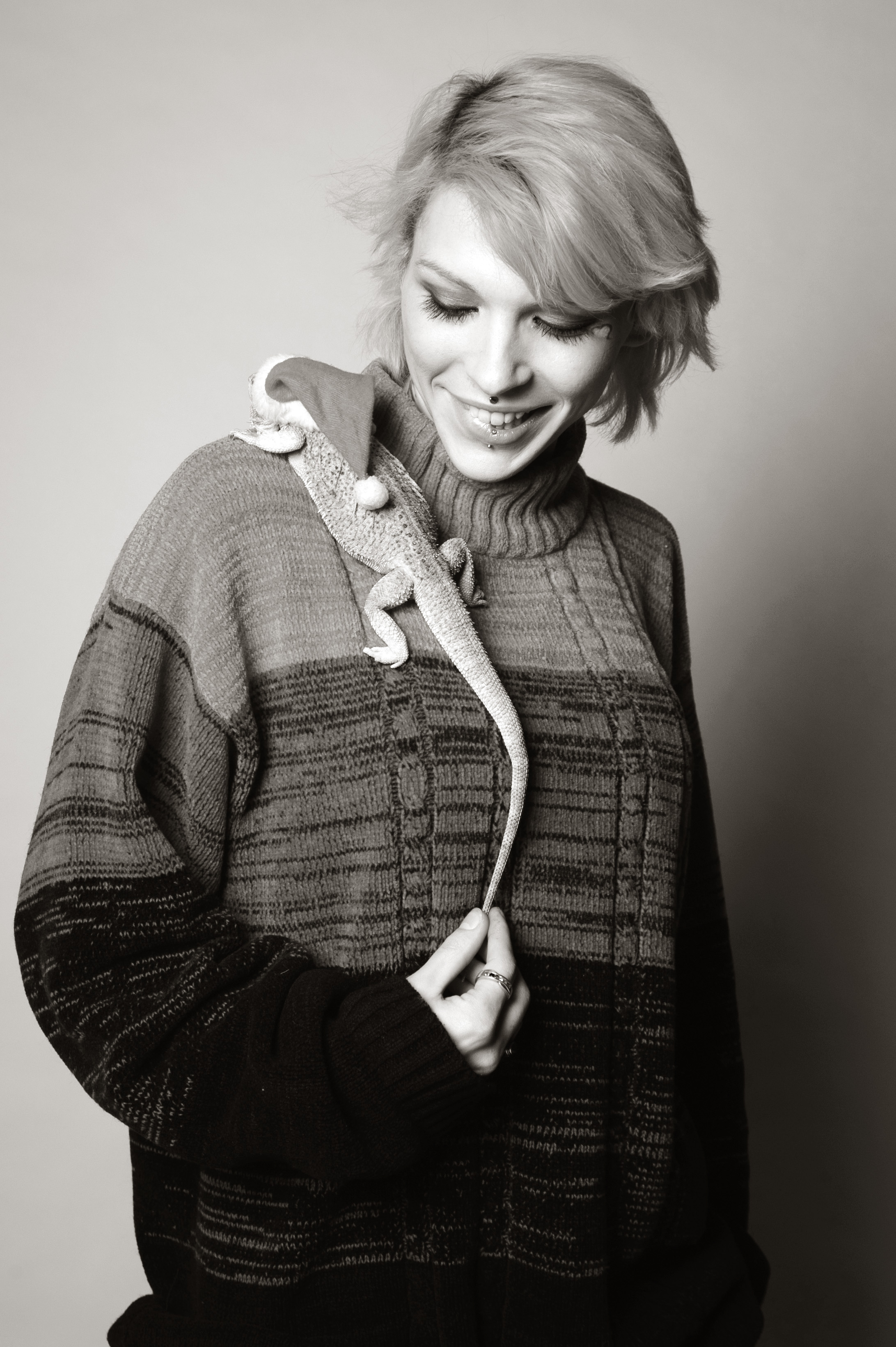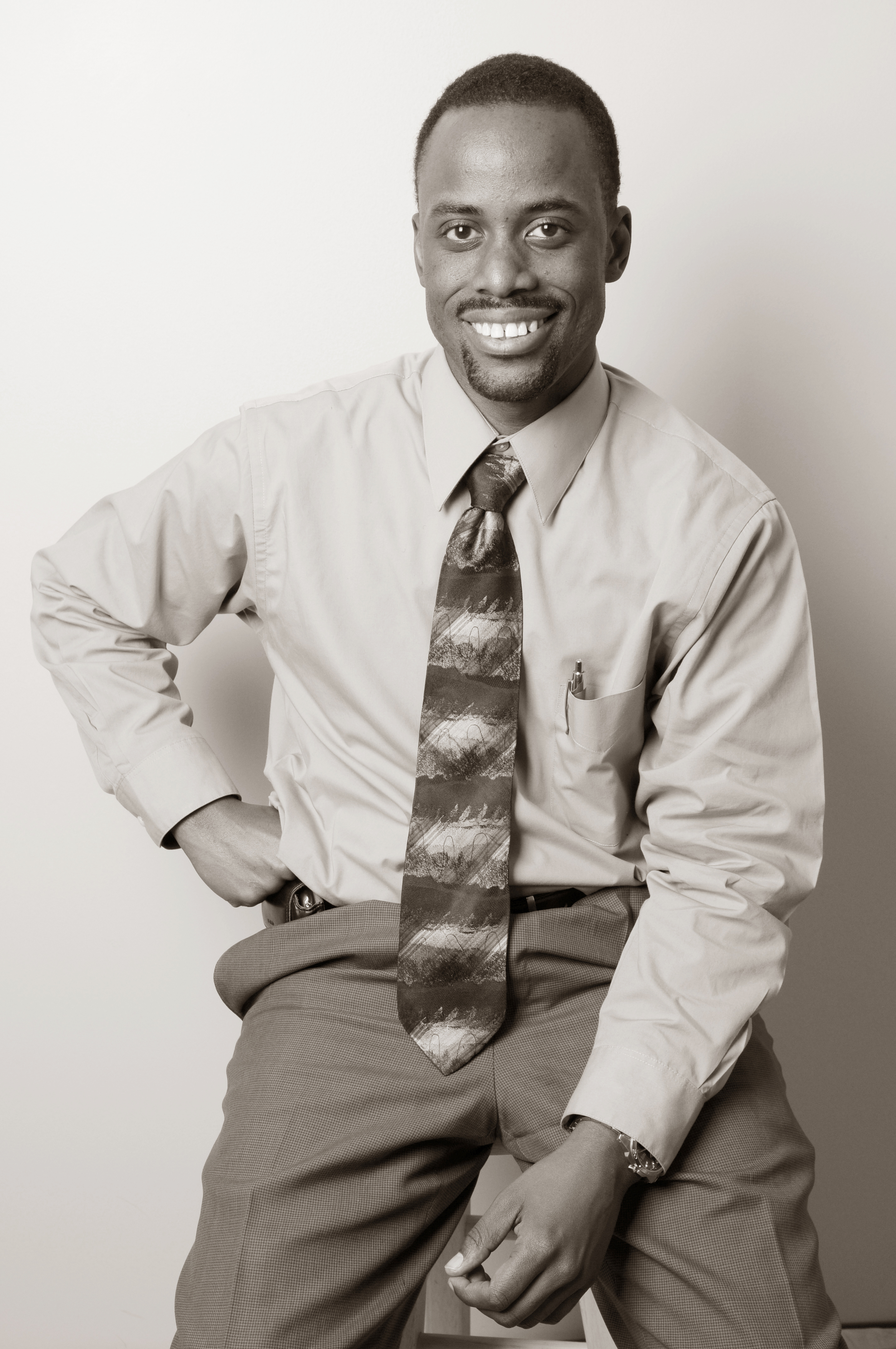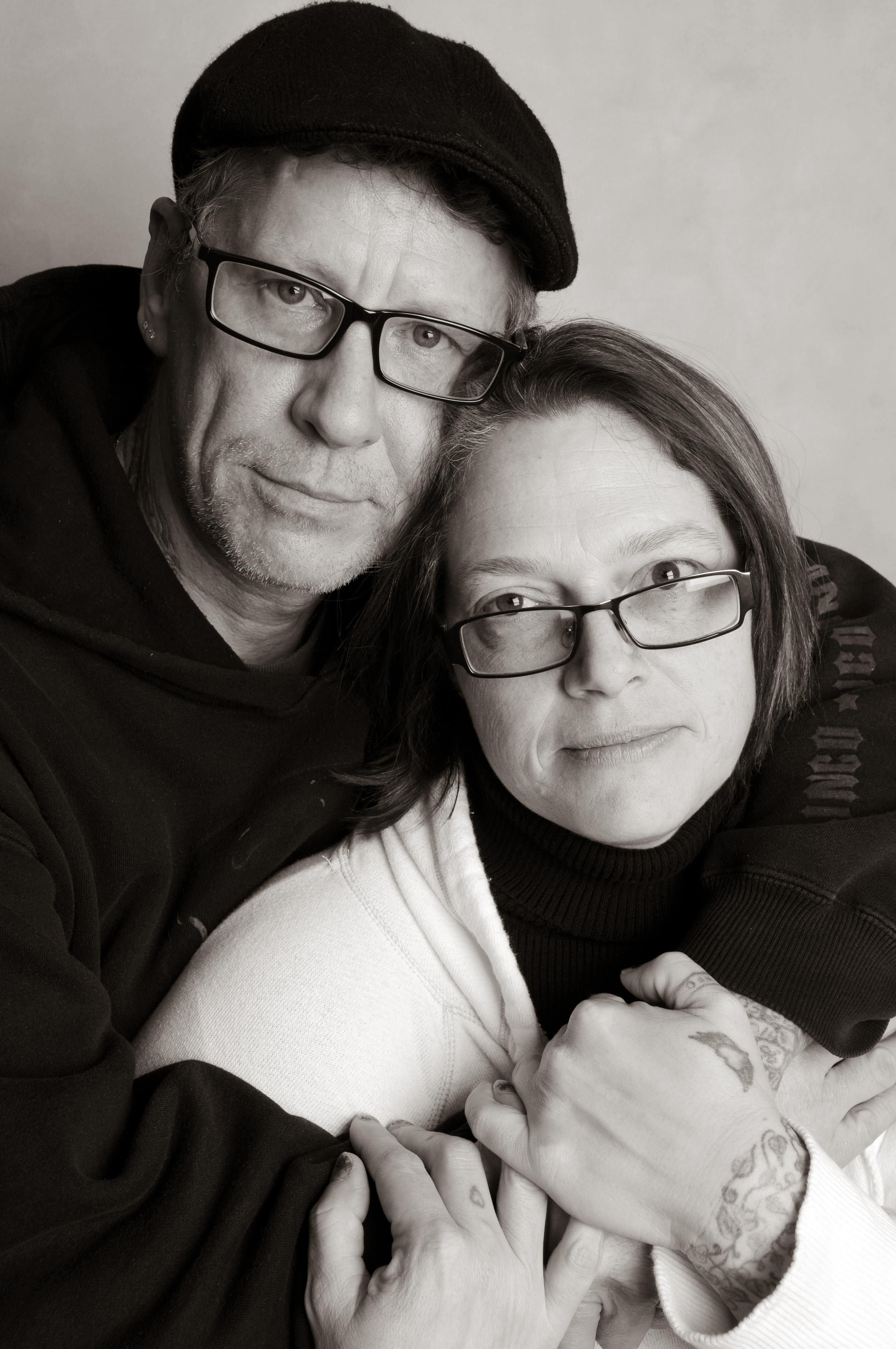News
Recording Divergent Histories of Homelessness
In the United States, over half a million people were homeless in 2013, the US Department of Housing and Urban Development stated in its “Annual Homeless Assessment Report (AHAR) to Congress.” Over 100,000 of those were children. These numbers represent a decline since 2012, but in some cities, such as Washington, DC, the number of families who find themselves without homes has increased.
A number of historians are collecting oral histories of people with widely different experiences of homelessness. These historians have combined various strategies and methodologies in their work, ultimately demonstrating that homelessness is a poorly understood phenomenon within American culture. Dan Kerr at American University draws from the fields of popular education and anthropology, and shows homeless people as activists. Louise Edwards-Simpson at St. Catherine University draws on social work interview methods and demonstrates that there is no “readily identifiable group whose experience is defined by their lack of stable housing.”
 |
 |
 |
 |
At different points in 2011 and 2012, female students came to Edwards-Simpson’s office hours to talk about their papers. “They would say, ‘My parents kicked me out of the house last weekend and I have been bouncing around.’” After coteaching a course called “The Global Search for Justice,” which focused on homelessness in the Twin Cities, she decided to collect oral histories.
Edwards-Simpson and Lucille Russell, who was an undergraduate studying social work at the time, put up posters around St. Catherine University asking, “Has there been a time in your life when you didn’t have a place to call home?” Russell recalls, “At the university as a whole there were so many people who didn’t think it was even possible for Louise and I to find people at the university who had experienced homelessness. And we found lots of people.”
“Our oral history collection documents the intersection of homelessness and higher education, and its purpose is to dispel myths about homelessness and those who experience it,” says Edwards-Simpson, who talked to women of various ages, ethnicities, and backgrounds and found that housing insecurity can happen to anyone, regardless of financial background. Women without college degrees are especially vulnerable. “Most of us cannot tell whether a person is struggling with insecure housing by looking at them,” Edwards-Simpson wrote in an e-mail.
Russell, who was homeless as an adolescent, adds, “The people we interviewed were able to overcome the barriers caused by homelessness, as well as others, including intergenerational poverty and race, and get into the university.”
When Dan Kerr began collecting oral histories of homeless people in Cleveland, Ohio, he encountered interviewees who confessed that they had thoughts about suicide and wanted to harm themselves. Kerr decided to get more involved. He invited his narrators to tell their stories not to him or to a group of historians, but to fellow homeless people at a weekly picnic. The result was a social movement that strives to address common challenges facing homeless people, including organizing for better conditions in shelters.
As Kerr collected oral histories for his first book, Derelict Paradise: Homelessness and Urban Development in Cleveland, Ohio, he wanted his research to result in community building. Now he and his students are collecting oral histories about the Washington, DC, Federal City Shelter, which might be torn down in two years. In 1986, the building, which belonged to the federal government, was turned over to Washington, DC, with the stipulation that it must be used as a homeless shelter for a period of 30 years. As homeless activists anticipate the potential evacuation of over 1,000 people, they are looking for precedents in history to help them think about how to respond. Kerr addresses this community-based research project in his forthcoming book To What End?, which asks “How can oral history be used as a tool to mobilize communities facing extreme poverty?” The book discusses “dynamics of power in the research process, the radical politics of nostalgia, and the role of performance in community building at the margins.”
Russell suggests that Kerr’s involvement of homeless people in the interpretation of oral histories works so well because homelessness is a culture, and like other cultures, it has its own language. In order for historians to understand what they hear, and to fully engage with the narrators, they must know the culture and language of homelessness. “A lot of the time a lot of what’s said is unsaid,” Russell says. “I directed Louise to ask a follow-up question or explain what someone means when they stopped talking or used nonverbal communication.”
Kerr argues that community-engaged research is not just a growing field within academia, but also something “cultural institutions are grappling with as they try to broaden their appeal to nontraditional audiences.” Participatory or community-based research methods have a longer history in the fields of sociology, psychology, and anthropology, but they are increasingly embraced in creative new ways in other areas of the humanities.
Kerr’s involvement of his students in the collection of oral histories resulted in the creation of Whose Downtown?; the site’s goal is to provide historical insight into the dilemmas faced by the residents of the Federal City Shelter.
Annette March, a professor of humanities who collected oral histories of homeless people in Santa Cruz, California, also chose to bring homelessness into her courses. “Homelessness is threaded in my classes,” she says. In her course on rhetoric and argumentation, students discuss the question: Should you give money to homeless people? “There are small ways that issues of homelessness can be dropped in a class,” she says. March launched her website Not the Other: Oral Histories of People Experiencing Homelessness earlier this year.
Exhibits that combine oral histories with photography have been prepared by Mark Horvath and Margaret Miles. Miles’s traveling exhibit is called Homeless Is My Address, Not My Name.
Miles has worked for nonprofits dealing with homelessness for 15 years and has collected over 600 oral histories. She says, “I believe we will end homelessness as we know it in my lifetime, and I wanted to create a historical documentation of this socioeconomic era (modern homelessness began with federal policies launched in 1981) from the perspective of those suffering its economic iniquity.”
Shatha Almutawa is associate editor of Perspectives on History.

This work is licensed under a Creative Commons Attribution-NonCommercial-NoDerivatives 4.0 International License. Attribution must provide author name, article title, Perspectives on History, date of publication, and a link to this page. This license applies only to the article, not to text or images used here by permission.
The American Historical Association welcomes comments in the discussion area below, at AHA Communities, and in letters to the editor. Please read our commenting and letters policy before submitting.
Tags: History News North America Thematic Public History
Comment
Please read our commenting and letters policy before submitting.






